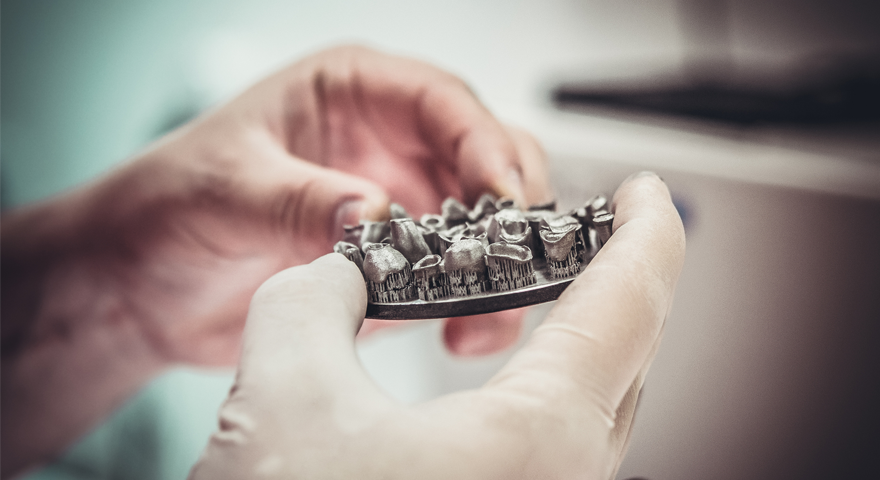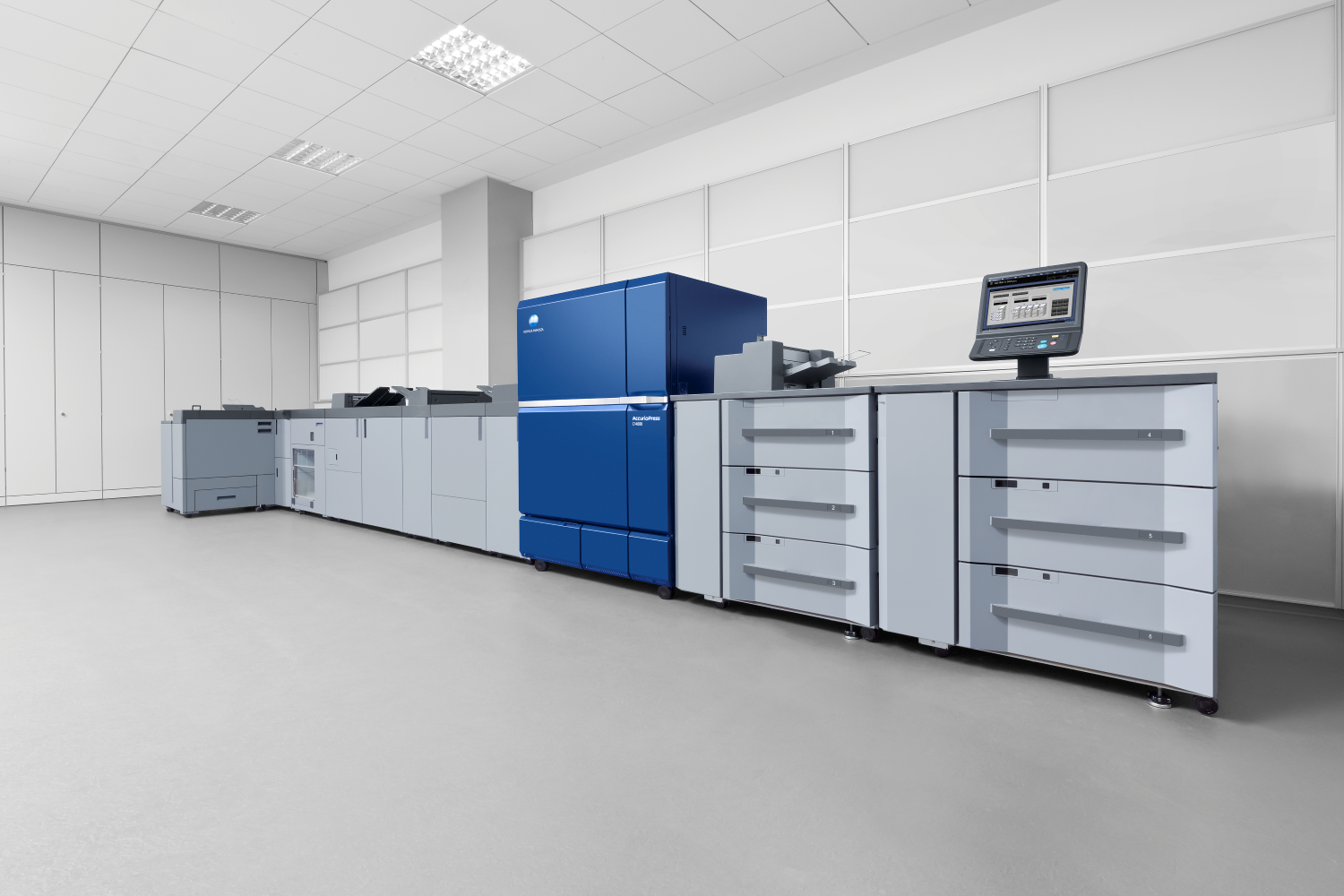3D printing is having a revolutionary impact on product manufacturing and design. The technology can transform how products are made and designed and also where they are created.
The availability of 3D printing technology lets designers and engineers create tangible products at their own desks rather than sending their designs to a manufacturing plant, which is sometimes in a different country. This convenience and efficiency have led 3D printing to grow in popularity with innovative product teams.
3D printing is often used to create prototypes and scale models out of materials such as metals and plastics. However, the quality and durability of 3D-printed objects means that 3D printing has slowly been transitioning from a method to produce visual aids to a technology for manufacturing end-use parts. As the technology continues to evolve, it offers industries the ability to create functional end-use parts or products that can be commercialised.
The key benefits of 3D printing are:
- more complex designs can be created without excessive costs or manufacturing difficulties
- lead times are shorter due to the relatively simple 3D printing process
- manufacturing efficiency is improved because 3D printing is fast and reliable
- higher quality end-use parts can be made in single pieces rather than having to join separate, simpler parts together (potentially creating weak spots).
The increased efficiencies 3D printing brings are transforming the product design workflow within various industries, with many businesses integrating 3D printing into their manufacturing processes.
The widespread adoption of 3D printing is most visible in the automotive and aerospace industries. As some of the first industries to adopt 3D printing, they have reaped the rewards of using the technology for end-use parts as the ability to produce single, lightweight pieces with complex internal geometries brings lasting value to these industries.
The use of 3D printing has been expanding into more industries in recent years as its benefits are realised. For example, dentistry companies can embed 3D printing into manufacturing process to create digitally engineered molds for patients. The integration of 3D printing within manufacturing processes can take advantage of the developments in materials available to use for 3D printing and can allow businesses to create and manufacture the perfect end-use part in a cost-effective way, without sacrificing the part’s quality.
Businesses that incorporate 3D printing into their manufacturing process can improve their end-use product offering in four key ways:
- Increased geometric complexity
3D printing lets manufacturers create objects that cannot be made using conventional manufacturing techniques. 3D printing builds layer upon layer of the object it’s creating and can produce more difficult structures, such as embedded lattices and curved channels, with ease, and so can create individual components with more complex geometries. - Decreased system complexity
3D printing’s ability to produce individual components with more complex geometries ultimately leads to reduced system complexity as designers can produce entire systems using fewer overall sub-components. The layering approach used by 3D printing technology can create single-component systems that are designed to be produced in a single part, rather than integrating multiple smaller parts. This technique allows designers to build products optimised for performance rather than for ease of assembly. - Increased product customisation
While conventional manufacturing techniques require multiple machine set-ups and product-specific post-processing tools, 3D printing can support a wide variety of complex geometries without the manufacturer incurring the additional costs of tailoring a product. This lets designers and manufacturers create customised products for each individual customer. As 3D printing can produce custom outputs without physically changing the production equipment, manufacturers can enhance their customer value offering without facing an increase in costs. - Enhanced performance
As 3D printing can simultaneously manage complex geometries of components, simplify and decrease system complexities and produce customisable end-use products, designers and manufacturers can build products that increase performance. As businesses consider the best route to evolve their products in response to changes in market demand, 3D printing offers a valuable avenue of exploration and investment. Industries such as aerospace and consumer products continue to embrace the technology to build end-use parts that reduce weight and simplify system complexities. As product performance increases, 3D printing is likely to continue its transition from an innovation-led technology, to a more universally adopted technology for core product production activities across multiple industries.
To find out how your business can adopt 3D printing to improve your production activities and create end-use parts, contact Konica Minolta today.





